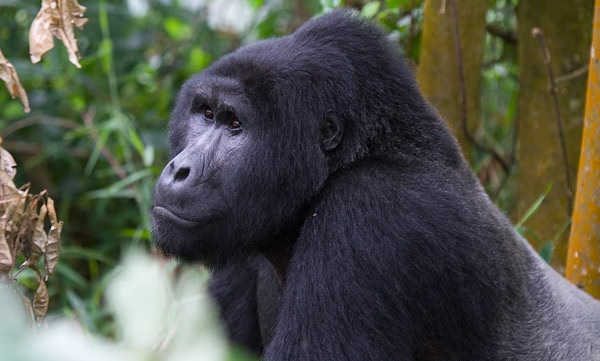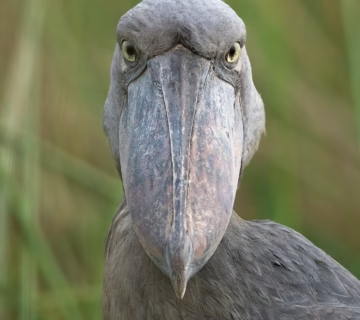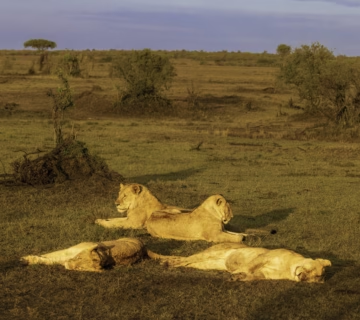SILVERBACK GORILLA
In African national parks that are home to mountain gorillas, such as the Virunga National Park in the Democratic Republic of the Congo and Rwanda’s Volcanoes National Park, the silverback gorilla is the head of the mountain gorilla family.
Together with Mgahinga National Park, Bwindi Impenetrable National Park is situated in southwest Uganda. The travel to the park headquarters takes about seven to nine hours and 530 kilometers.
The Silverback Gorilla is an adult mountain gorilla with thick, grey fur on its back and shaggy black coats that help keep it warm in cold weather. It is the leader of a family of 15 to 20 members, which includes males, females, and young. Throughout the day, it wanders, feeds, and rests. Every day in the evening, mountain gorillas construct fresh nests on grass-covered tree branches as they continue to move around.
As they grow older, mountain gorillas have black fur, a large, stocky chest, long, strong arms, and big hands and feet.
Gorillas’ arms are longer than their legs. A silverback is always the leader of the gorilla family, which is the collective term for the groupings of gorillas. Standing on its hind legs, the Silverback constantly defends them and frightens away adversaries by hitting its palm, pounding its feet, tossing plants, and beating its chest.
Adult male silverback gorillas are approximately six feet tall, while females are five feet tall.
Silverback Gorillas are herbivores that eat solely plants; they spend the majority of their time consuming bamboo and other leafy vegetation. They weigh around 350 pounds, which is twice as much as an adult man.
Although silverback gorillas were first recognized in 1902, humans continue to harm their habitat by using it for farming and for fuel by burning trees. Mountain Gorillas are occasionally murdered by poachers and occasionally trapped in their snares, which are intended for animals.
One endangered species is the silverback gorilla.


